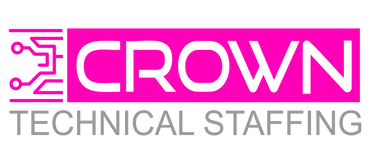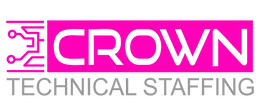Due to rapidly changing business and employee needs, traditional career maps no longer fulfill business requirements or employee expectations. Outdated career paths leave employees needing help with how to proceed with their careers at their current organizations. If the decision is made to stay with the same company, less than one in three employees know how to progress in their careers over the next five years. This leaves room for your team or organization to experience “brain drain”. This happens when highly competent and skilled Engineering and manufacturing professionals leave to join your competitors or similar companies.
Today’s engineers face a dynamic environment where adaptability, continuous learning, and cross-functional skills are key to professional growth. This article will shine a light on a new era of career mapping within the manufacturing sector, highlighting innovative strategies and the importance of a forward-thinking approach.
Redefining Career Paths
Traditional career ladders are giving way to more fluid and dynamic models. For engineers in the manufacturing sector, this means:
- Skill-Based Progression: Emphasizing skills over titles, engineers can now navigate through roles based on their evolving skill sets, adapting to new technologies and methodologies.
- Cross-Functional Experience: Engineers are encouraged to gain experience across different departments, from R&D to production, broadening their understanding of the business and enhancing their versatility.
- Continuous Learning: With the sector’s rapid technological advancements, continuous learning is not just encouraged but essential. This includes formal education, on-the-job training, and self-driven learning.
An Alternative Approach
In managing employee career growth, HR leaders are tasked with communicating potential career options, skills and experiences needed to progress, as well as designing the infrastructure employees navigate on their career journeys with the organization. Dynamic organizations approach career pathing adaptively by dividing work into short cycles and frequent iterations. Adaptive career designs also provide tools to help employees build experience rather than just providing information about careers. Employees gain more confidence about their career choices, which leads to better talent outcomes and increased retention.

Career Mapping Strategies
- Personal Development Plans: Engineers should work with their managers to create personalized development plans that align with both their career goals and the organization’s objectives.
- Mentorship and Networking: Building relationships with mentors and peers in different areas of the product life cycle can provide invaluable insights and opportunities for career advancement.
- Staying Informed and Adaptable: Keeping abreast of industry trends and being open to change is crucial. This might involve attending industry conferences, participating in webinars, or joining professional groups.
- Leveraging Technology: Utilizing digital tools and platforms can help engineers visualize potential career paths, access learning resources, and track their progress.
Real World Examples
Progressive organizations make it seamless for employees to interact with different career options. For example, some HR teams create in-person career days to gather employees from around the business to share their experiences with internal mobility. At these events, HR leaders provide contributors with discussion prompts, including how they decided to pursue a new opportunity, what challenges they faced, and how the organization supported them.
Career days are important because they create intentional touchpoints between employees from multiple business units (including on-site and remote colleagues) and provide networking opportunities for employees to explore various career options.
Another way to make it easier for employees to experience career options is by expanding opportunities for career experiments — such as short-term, task-based or gig-based work. Experimental opportunities allow employees to try career options without the formality of applying for a new role and are less disruptive to the employee and their primary team.
Bringing it Home
As we move away from traditional career maps, organizations must embrace more dynamic, skill-focused, and adaptive approaches to career progression. By fostering environments that prioritize personal development plans, mentorship, continuous learning, and leveraging technology, companies can not only retain their top talent but also empower them to thrive in an ever-changing industry. Ready to elevate your career mapping strategy? Dive into our ‘Elite Candidate’ tool tailored for HR teams in the manufacturing sector. In just 2 minutes, gain insights to boost engagement and reduce turnover. In addition, receive a customized report for your team. See the link below.


